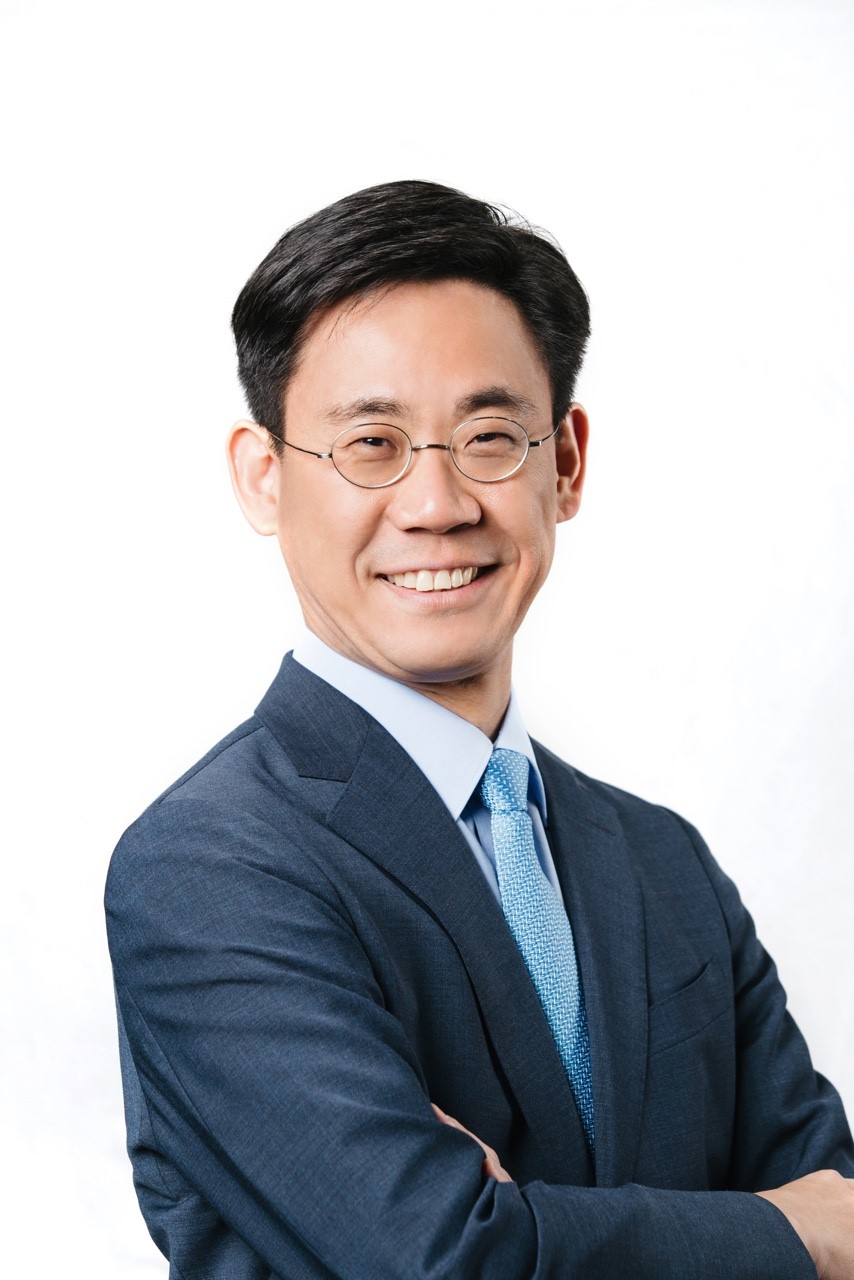Department News
[December Lab Interview] Professor Ahn Sung-Hoon - Innovative Design and Integrated Manufacturing Lab
Author
mina7789
Date
2024-04-09
Views
302

Professor Ahn Sung-Hoon: Innovative Design and Integrated Manufacturing Lab
Research Lab Representative, Researcher Song Young-Wook
Q1. Please introduce the lab briefly and its research areas.
The official name of our research lab is the Innovative Design and Integrated Manufacturing Lab. We conduct research in various fields related to manufacturing technology, including developing innovative manufacturing methods, intelligent processes and manufacturing integration to enhance product productivity and quality. Also create new products that did not exist before, based on the philosophy of improving manufacturing and processes, micro-nano technology, smart factories, and other related fields.
To achieve this, we explore methods to understand the properties of functional materials such as shape memory alloys and carbon composites and apply the principles of mechanics creatively to design and manufacture products. We also research well-known processes such as 3D printing, laser processing, semiconductor processing, as well as ultra-precision machining and measurement technology at the micro-nano scale. Additionally, we conduct research on manufacturing-related principles and devices that can replace or collaborate with humans using technologies such as robotics, AI, vision, etc. We also conduct research on sensors, IoT, big data, and other electrical, electronic, software, and algorithm-related areas to implement smart factory systems that monitor production lines in real-time, operate and manage them in the optimal state.
In our lab, we handle research on smart manufacturing-related technologies that can be applied across various industries such as mobility, robotics, batteries, semiconductors, and more.
Q2. Please briefly introduce your representative research.
I mainly research mechanism and actuator design. In particular, I design mechanisms that can be applied to robots or vehicles using shape memory alloys. Shape memory alloys have the property of returning to their original shape when heat is applied after deformation by external forces. Therefore, using shape memory alloy wires, for example, we can create more compact systems compared to conventional actuators. Although its application in actual industries is not yet active, its potential and possibility have been recognized, and research to apply it to various application fields has been actively conducted, mainly in academia. It is a promising research field in which interest in industry is gradually increasing.
Recently, I developed a robot gripper for grasping objects using shape memory alloys. Since shape memory alloy wires undergo deformation in only one-dimensional straight direction, I designed the mechanism to allow the gripper finger to move sufficiently with linear deformation only. Additionally, I have conducted research on applying shape memory alloys to vehicle actuators.
Q3. Please share the most challenging aspect of conducting this research and the methods you used to overcome it.
Although research on shape memory alloys is actively conducted in various application fields, the reason for its limited application in actual industries is the limitations of shape memory alloys themselves, such as displacement and driving speed. As a mechanical engineering major, I had to overcome the material's limitations within the boundaries of its inherent characteristics. To do this, I needed to study and learn about various existing mechanisms and designs and integrate them with the material through a lot of contemplation. After deriving ideas, I used a 3D printer to create numerous prototypes to verify whether the mechanism properly operated with the material. Through countless iterations of idea generation, prototype production, and experimentation, I eventually recalled the experience of creating a prototype that satisfied the requirements. I realized that only constant review and attempts could overcome problems and reach goals, which was a simple and clear fact.
Q4. Please introduce any special devices or facilities available in your lab.
Our laboratory has devices for creating product prototypes and various measurement equipment for analyzing their characteristics.
One special device is the Electrohydrodynamic (EHD) printer. This device operates similar to an inkjet printer by ejecting liquid droplets from a nozzle. However, it has the characteristic of depositing liquids much more finely by applying a strong electric field (2kV) between the nozzle and the substrate. Compared to inkjet printers, the EHD printer has approximately 1/100 resolution. It can use liquids with suitable viscosity such as adhesives and hydrogels, as well as metal particles used as ink. It is commonly used for organic thin-film deposition in displays and semiconductor substrate circuit repair. In our lab, we are utilizing it to create micro-scale patterns for manufacturing structural color sensors or for use in optical fibers.
Another special device is the Focused Ion Beam (FIB) device, which can precisely machine the surface of samples such as metals by scanning a narrow ion beam. In our research lab, we are exploring ways to apply shape memory alloys at the micro-level, and for this purpose, we use the FIB device to process shape memory alloys into fine sizes.
Q5. Please provide advice on the qualities needed for researchers in Professor Ahn Sung-Hoon's lab and give some advice for aspiring researchers.
Our lab conducts research in various fields related to manufacturing technology, including innovative manufacturing, product processes, micro-nano, smart factories and robotics. Therefore, there are many opportunities to expand research into related new fields centered around one's main field of expertise. Our lab provides a suitable research environment for students who enjoy approaching problems with a new perspective, expanding research areas, and integrating them with other fields.
Personally, as a graduate student majoring in mechanical engineering, I find it rewarding and exciting to create something that doesn't exist in the world with my own skills and abilities while doing what I love. Even in moments of difficulty and wandering, if you constantly contemplate the direction you want to go on the path you've chosen and boldly move forward in the direction your heart desires, you may discover that you are growing and evolving. I hope you have dreams and enjoyably tackle challenges while willingly attempting something, and at the same time, find joy in the process.
MEch-SSENGER Kim In-young

